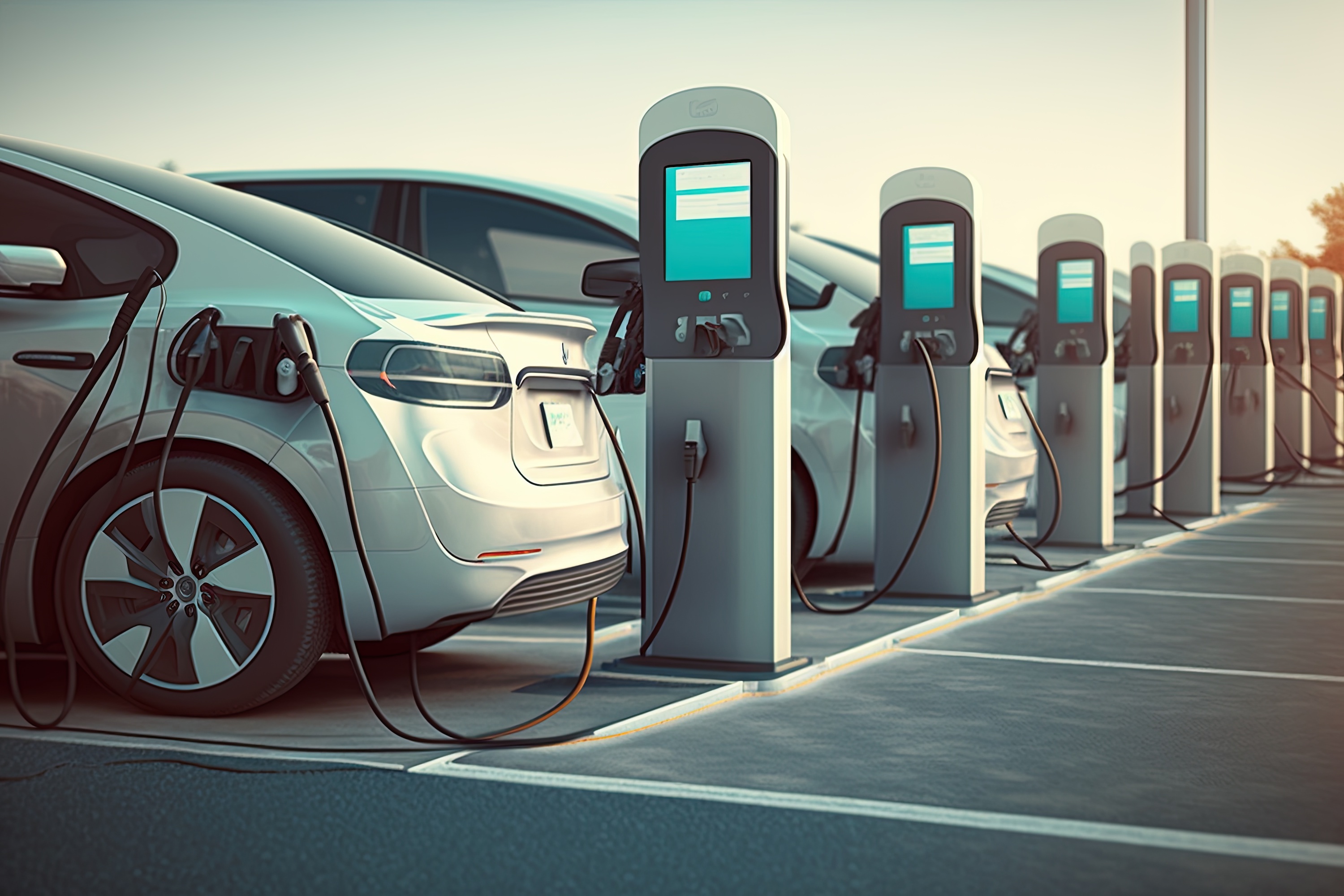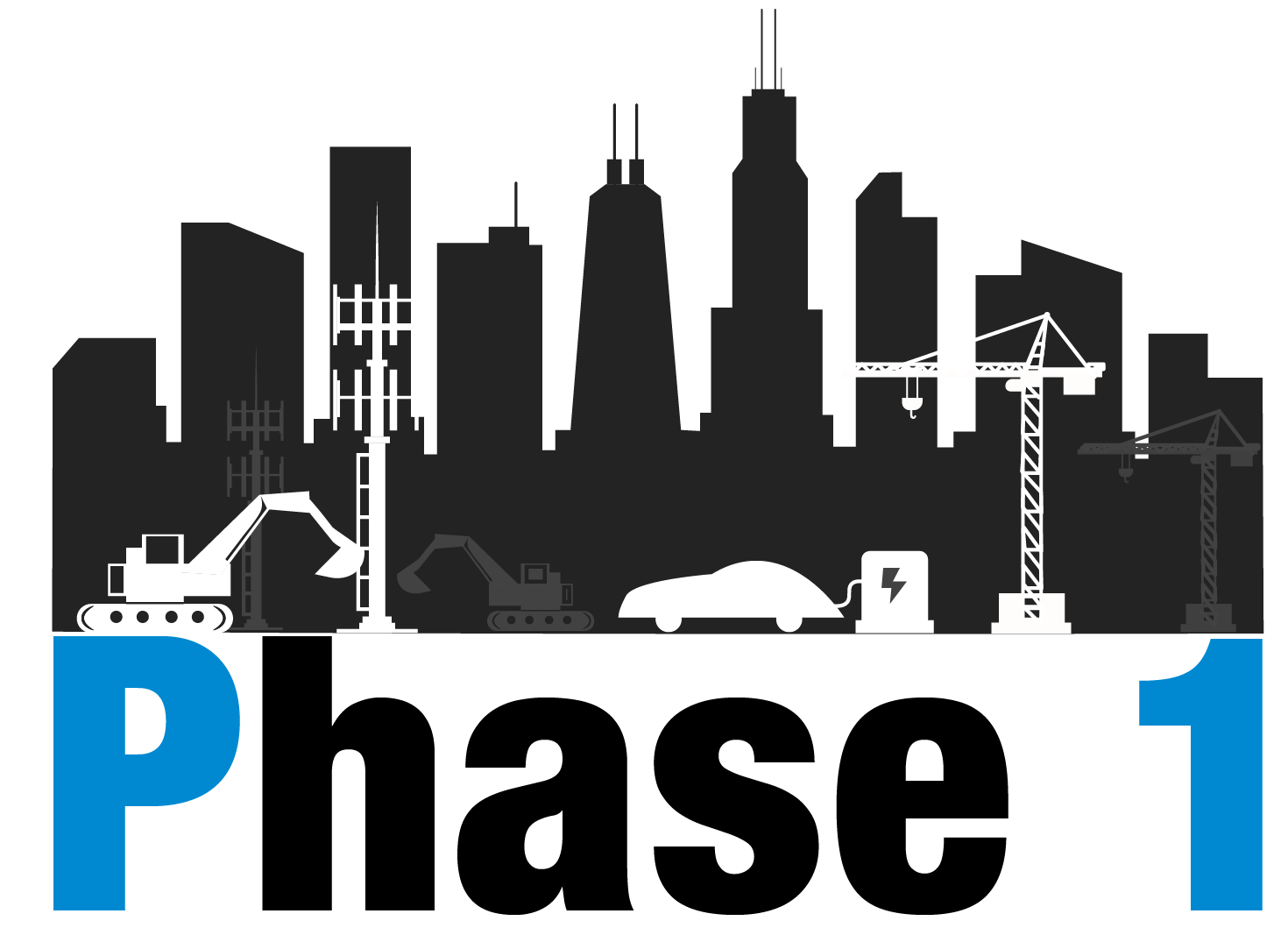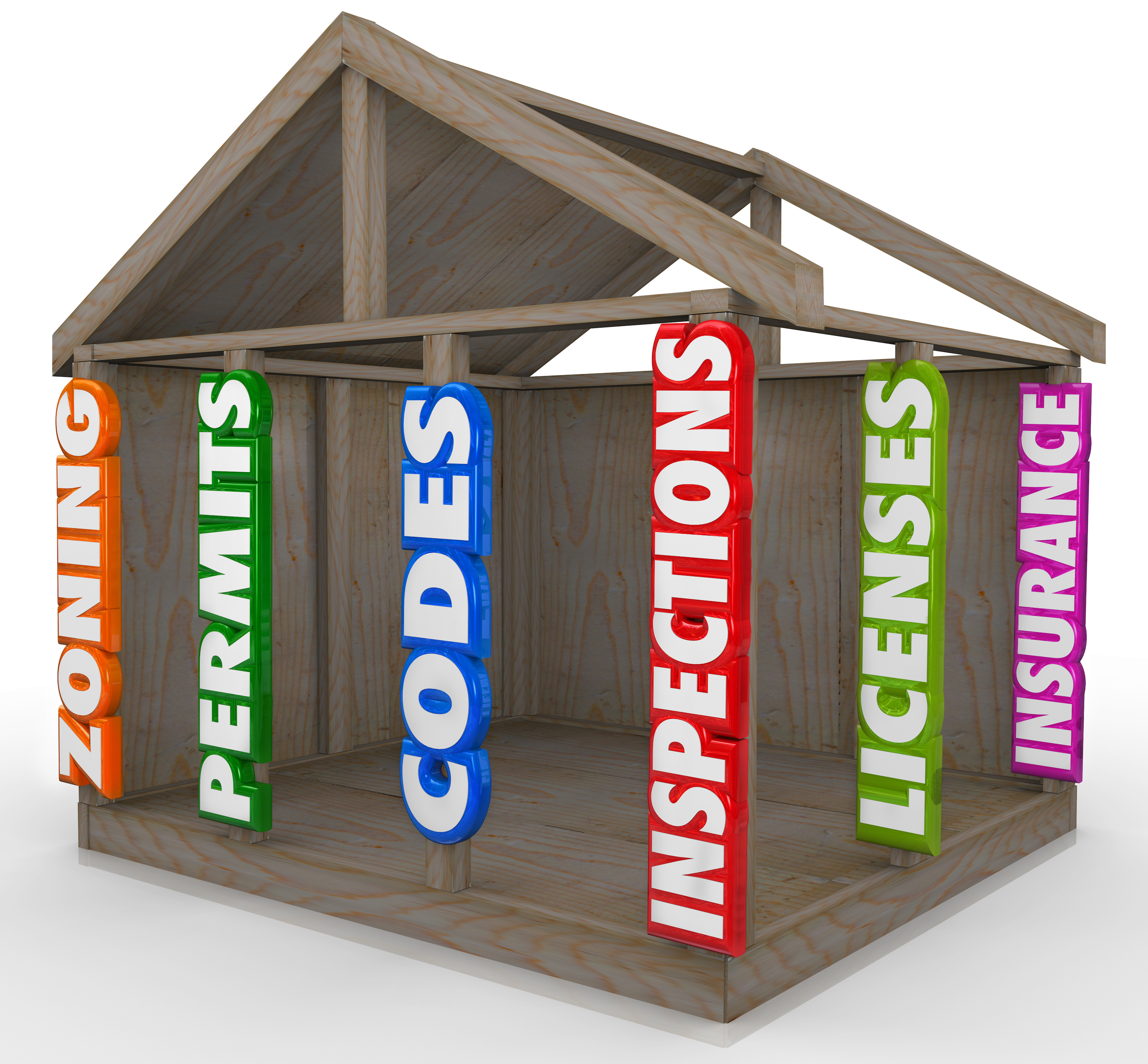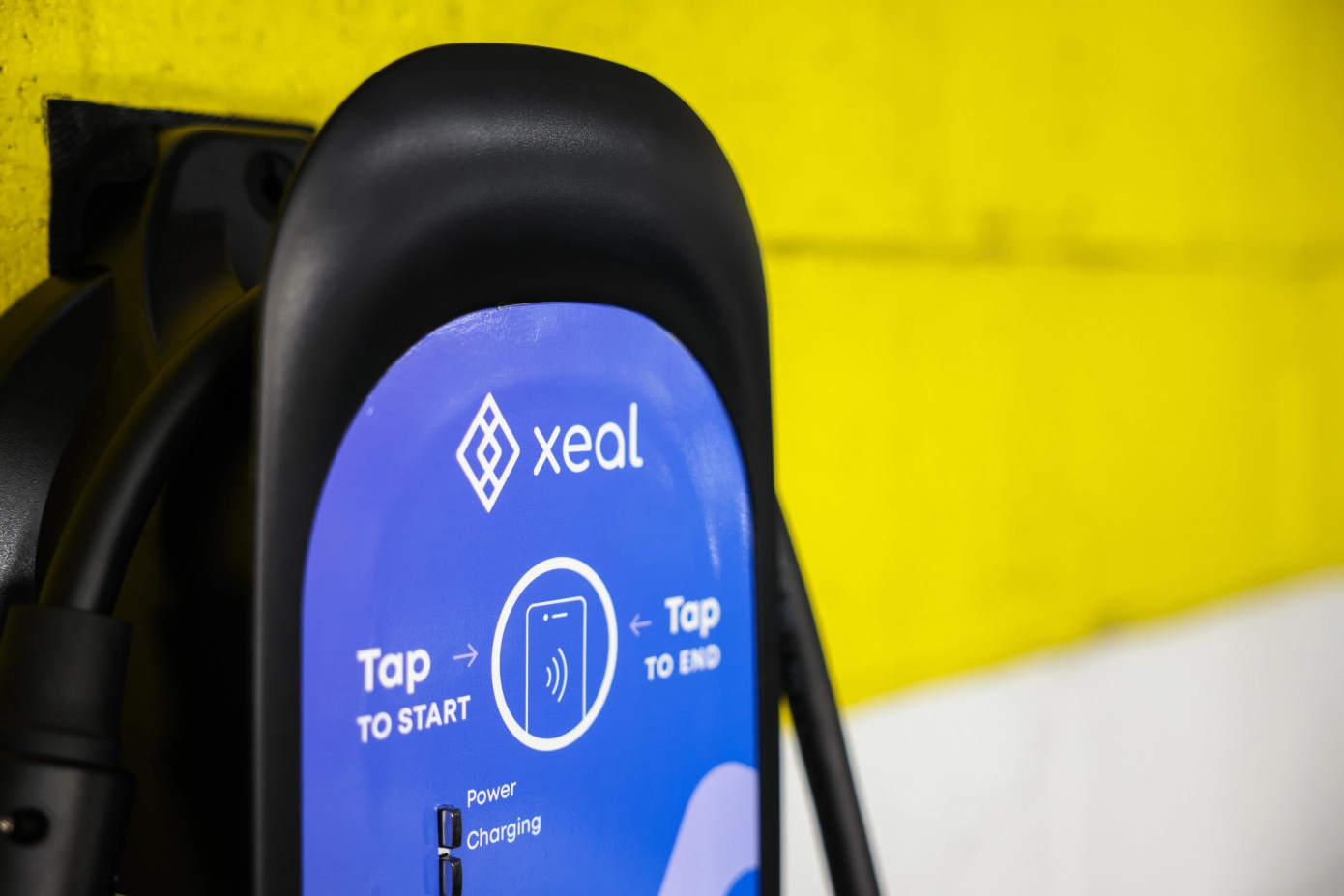Biden Administration Goes Head First Into EV

A new round of funding and rules around EV was signed into law last week. Biden set a goal of having 500,000 EV chargers in all 50 states by 2030. This is critical since it aligns with another goal that calls for 50% of all car sales to be EV by 2030.
The new EV charging mandate would add more than 100,000 public EV chargers to the more than 135,000 now available throughout the country.
“These commitments are part of President Biden’s Investing in America agenda to spur domestic manufacturing, strengthen supply chains, boost U.S. competitiveness and create good-paying jobs,” the administration said.
The rules set this year have made clear that all new chargers built with federal funds must support the Combined Charging System (CCS) plug standard, which means more electric models can use the same charger. Currently, the CCS standard is used by most automakers other than Tesla.
The EPA is driving automakers to go even further with EV by applying new pollution standards.
"The Environmental Protection Agency on Wednesday released new pollution standards for passenger cars and trucks that would be the strongest vehicle emission regulations to date. To comply, automakers would have to significantly increase the number of electric vehicles they produce over the next decade."
Some commitments made in the private sector include ZipCar which will ensure that 25% of its electric vehicles to disadvantaged communities in 2023. Uber said it has a goal to reach 400 million EV miles driven on its platform to disadvantaged communities by 2023 in the US,
PG&E and Ecology Action will install approximately 2,000 electric vehicle (EV) charging ports at no cost to customers at approximately 450 multifamily properties and small businesses in underserved communities by 2025 to increase access to charging and EV adoption.
Communities like Madison Wisconsin have committed to go all EV by 2030 with its fleet of 900 vehicles.
The private sector has committed more than $120 billion into the American-made electric vehicle and battery supply chain in the last two years alone.
There are lots of moving parts to follow and we are here to help you navigate all the complexities of EV charging. Leave us a comment below or email us at news@ph1c.com


